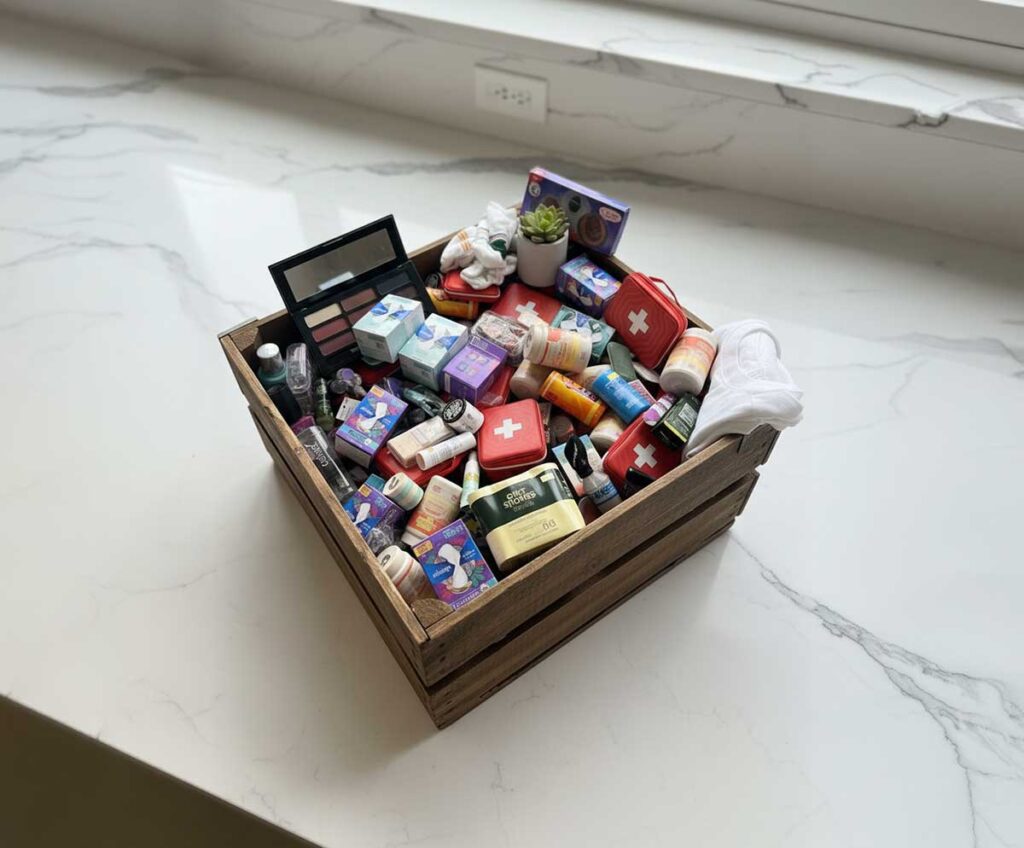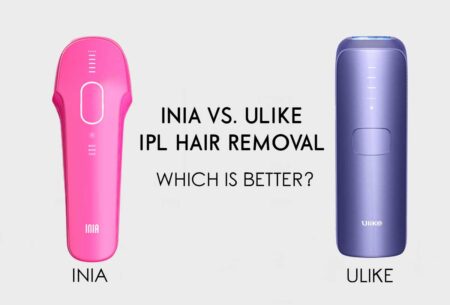Table of Contents
Understanding Cosmetics Liquidation Pallets
Cosmetics liquidation pallets, including liquidation pallets, represent an opportunity for resellers to acquire large quantities of branded and popular beauty products at a fraction of their retail price. These pallets can include a wide range of high-demand items such as makeup, skincare, fragrances, and beauty tools from well-known lines. For many resellers, Sephora liquidation pallets are particularly appealing because they often contain premium products that attract repeat customers and boost profit margins. These pallets often consist of overstock, shelf pulls, customer returns, or discontinued lines from major retailers and beauty outlets. For entrepreneurs and small businesses, sourcing cosmetics through liquidation can offer desirable products at a competitive advantage.
However, the appeal of saving money must be balanced with a sharp awareness of the risks. Because not all pallets are created equal, taking the time to investigate and understand the contents and suppliers—especially when buying liquidation pallets—can shield you from potentially unsellable or expired items.
Researching Reputable Suppliers
The foundation of a successful cosmetics liquidation business lies in sourcing from trustworthy suppliers. Begin by evaluating companies for transparency, verified customer feedback, and clear communication channels. Pay special attention to business registration, online presence, and responsiveness. Reviews on forums and sites such as Trustpilot or Better Business Bureau profiles offer an unbiased glimpse into a supplier’s reliability.
It is essential to scrutinize the documents and manifest provided by the supplier—reputable companies will gladly present a detailed breakdown of pallet contents, including quantities, brands, and conditions. Avoid deals that seem suspiciously cheap or come with incomplete information.
Evaluating Product Condition
The quality and condition of the items inside determines the resale potential of a cosmetics pallet. Pallets may contain a mix of brand-new, slightly used, or even damaged goods. Carefully review the manifest and, if available, request photos or videos of the actual pallet to confirm product states. Focus on expiration dates—cosmetics past their shelf life have no resale value and can damage your brand’s reputation. Research the brands and items common in your pallet to gauge their marketability. Understanding consumer demand will help ensure you invest in products likely to sell.
Calculating Costs and Potential Profits
A sound liquidation strategy begins with a clear grasp of your total costs. Break down the price of a pallet into individual item costs—including shipping and handling—to better assess your margins. Factor in that 20-30% of each pallet could be unsellable due to damage, expiration, or lack of demand, impacting your bottom line.
Equipped with this knowledge, research your targeted resale platforms for realistic price ranges. Setting competitive pricing while accounting for possible losses ensures your business remains viable.
Building Relationships with Trusted Partners
Sustained success in liquidation relies on strong, reliable wholesale partnerships. Start by placing small, test orders to evaluate consistency and honesty. Build trust through open communication, timely payments, and transparency about your business needs. As confidence grows, suppliers are more likely to offer advantageous deals, first dibs on new inventory, or even, in some cases, exclusive arrangements.
Attending trade shows, networking events, or participating in industry forums can help you discover new suppliers or get insider information about upcoming sales. Over time, reliable partners can become an invaluable resource for inventory, market insights, and business growth opportunities.
Inspecting Manifests and Inventory
Never skip the diligence step of thoroughly vetting the manifest that accompanies each pallet. Check for completeness and compare the described inventory with what’s actually delivered. Red flags include vague item listings, missing brands, or obviously modified documentation. Arrange in-person inspections or request detailed images to ensure you’re not purchasing counterfeit or expired goods.
Documentation and precise records ensure greater accuracy now and also help resolve disputes down the line. Maintain an organized process for reconciling received items with salesperson inventories and address any discrepancies immediately with the supplier.
Choosing the Right Sales Channels
Selecting the right platforms to resell your cosmetics is essential for maximizing reach and profit. Online giants like eBay, Amazon, and Poshmark open the door to national and international markets. Conversely, in-person venues such as local flea markets, pop-up shops, or beauty trade events allow direct customer interaction and immediate feedback.
A hybrid approach is often the most effective—diversifying your sales channels means you cater to different types of buyers and aren’t reliant on a single revenue stream.
Staying Informed and Adapting
The cosmetics industry is highly dynamic, shaped by changing trends, new launches, and shifting consumer behavior. Stay updated on developments by following leading industry publications, monitoring competitors, and remaining flexible enough to adapt your inventory and marketing strategies as needed.
Leverage online courses, webinars, and beauty forums to continue your education and discover best practices from field experts. Those who are proactive and embrace change usually build a sustainable, long-term reselling business in the cosmetics liquidation.
Final Thoughts
Sourcing cosmetics liquidation pallets safely and smartly requires diligence at every step—from supplier selection to sales channel optimization. By following these guidelines and leveraging available resources, you can navigate the challenges, unlock new business potential, and provide quality products that keep customers returning.






